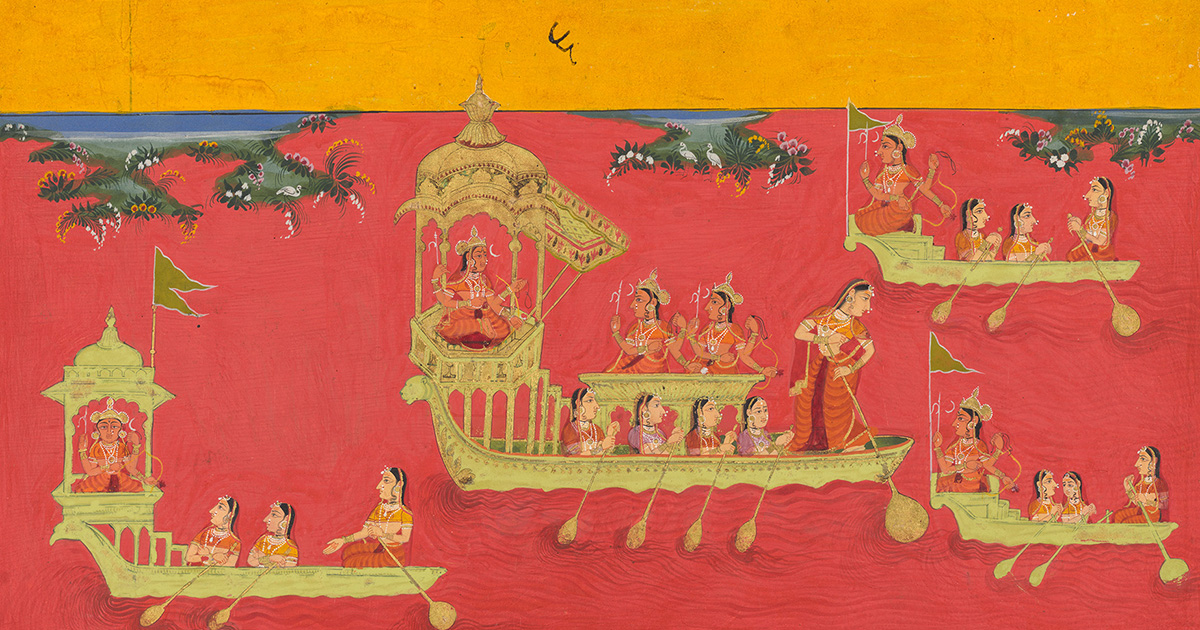- Events & Programs Home
- Calendar
- Accessibility
- Adults
-
Families & Teens
- Families & Teens Home
- 10x10 Teen Art Expo
- Art on the Rise
- Art Together: Art Making for Families with Children Ages 3–5
- Babies Sing with May Festival Minis
- Boy Scouts / Girl Scouts
- CAM Kids Day
- Family Storytime and Gallery Walk
- Family Studio: Art Making for Families with Children Ages 6–12
- Games in the Galleries
- Members-Only Baby Tours
- Public Baby Tours
- REC Reads
- Rosenthal Education Center (REC)
- Saturday Morning Art Class
- See Play Learn Kits
- Summer Camp
- Teen Fest: Zine and Comic Exchange
- RECreate
- Teachers
- Community Outreach
- Fundraisers
- Plan Your Own Event

- Events & Programs Home
- Calendar
- Accessibility
- Adults
-
Families & Teens
- Families & Teens Home
- 10x10 Teen Art Expo
- Art on the Rise
- Art Together: Art Making for Families with Children Ages 3–5
- Babies Sing with May Festival Minis
- Boy Scouts / Girl Scouts
- CAM Kids Day
- Family Storytime and Gallery Walk
- Family Studio: Art Making for Families with Children Ages 6–12
- Games in the Galleries
- Members-Only Baby Tours
- Public Baby Tours
- REC Reads
- Rosenthal Education Center (REC)
- Saturday Morning Art Class
- See Play Learn Kits
- Summer Camp
- Teen Fest: Zine and Comic Exchange
- RECreate
- Teachers
- Community Outreach
- Fundraisers
- Plan Your Own Event
Blog: CAM Uncovered
Blog: CAM Uncovered
- Home
- Plan Your Visit
- Art
-
Events & Programs
- Events & Programs Home
- Calendar
- Accessibility
- Adults
-
Families & Teens
- Families & Teens Home
- 10x10 Teen Art Expo
- Art on the Rise
- Art Together: Art Making for Families with Children Ages 3–5
- Babies Sing with May Festival Minis
- Boy Scouts / Girl Scouts
- CAM Kids Day
- Family Storytime and Gallery Walk
- Family Studio: Art Making for Families with Children Ages 6–12
- Games in the Galleries
- Members-Only Baby Tours
- Public Baby Tours
- REC Reads
- Rosenthal Education Center (REC)
- Saturday Morning Art Class
- See Play Learn Kits
- Summer Camp
- Teen Fest: Zine and Comic Exchange
- RECreate
- Teachers
- Community Outreach
- Fundraisers
- Plan Your Own Event
- Give & Join
- About
- Tickets
- Calendar
- Exhibitions
- Collections
- Blog
- Shop
Tintoretto’s Reach
by Cecile Mear, Paper Conservator
4/25/2025
Jacopo Tintoretto , CAMConservation
In Gallery 124, adjacent to the newly restored Jacopo Tintoretto paintings, we’ve displayed prints from the museum’s collection by artists commissioned to reproduce famous Venetian paintings. During the eighteenth and nineteenth centuries, paintings did not travel to museum exhibitions as they do today, so people had to go to Venice to see Tintoretto’s monumental works. Prints served as a way to disseminate images of paintings to those who could not travel to Italy. They also served as souvenirs for tourists to take home from their European tours.
On display are prints by artists from three different countries working with three different printing techniques: metal-plate engraving, wood engraving, and chiaroscuro woodcut. Theses printmakers pushed their chosen media to the limit to recreate images originally depicted in oil paint on canvas.
Artist Guiseppe Camerata II (1718–1803) was born in Italy but as an adult lived and worked in Dresden, Germany. He translated paintings by notable Italian artists into etchings. La Probatica Piscina (Christ at the Pool of Bethesda) made a stop in the paper lab where I reduced surface grime that had accumulated over more than 200 years. The dark eraser crumbs in the photo show how much grime was removed before we put the print in a new mat and framed it for display.
These prints will be on view in Gallery 124 as part of the exhibition Tintoretto’s Genesis until August 31, 2025. To enhance your Italian experience, be sure to visit Gallery 213 to see a group of Venetian prints from the sixteenth to eighteenth centuries. This special feature—titled La Serenissima or The Most Serene—is on display now until July 31.
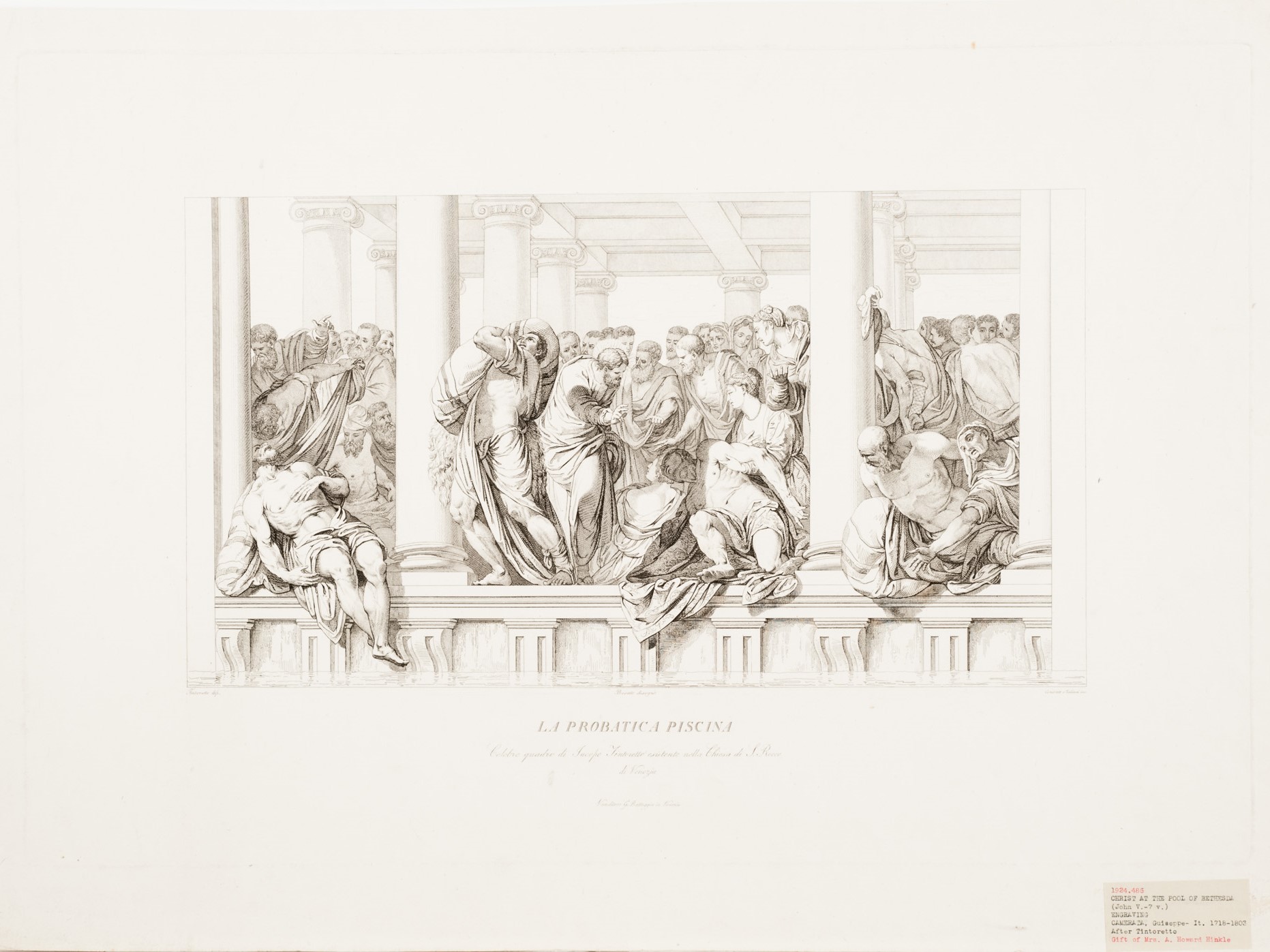
Guiseppe Camerata II (Italian, 1718–1803), after Jacopo Tintoretto (Italian, 1519–1594), La Probatica Piscina (Christ at the Pool of Bethesda), 18th century, engraving on paper, Gift of Mrs. A. Howard Hinkle, 1924.486
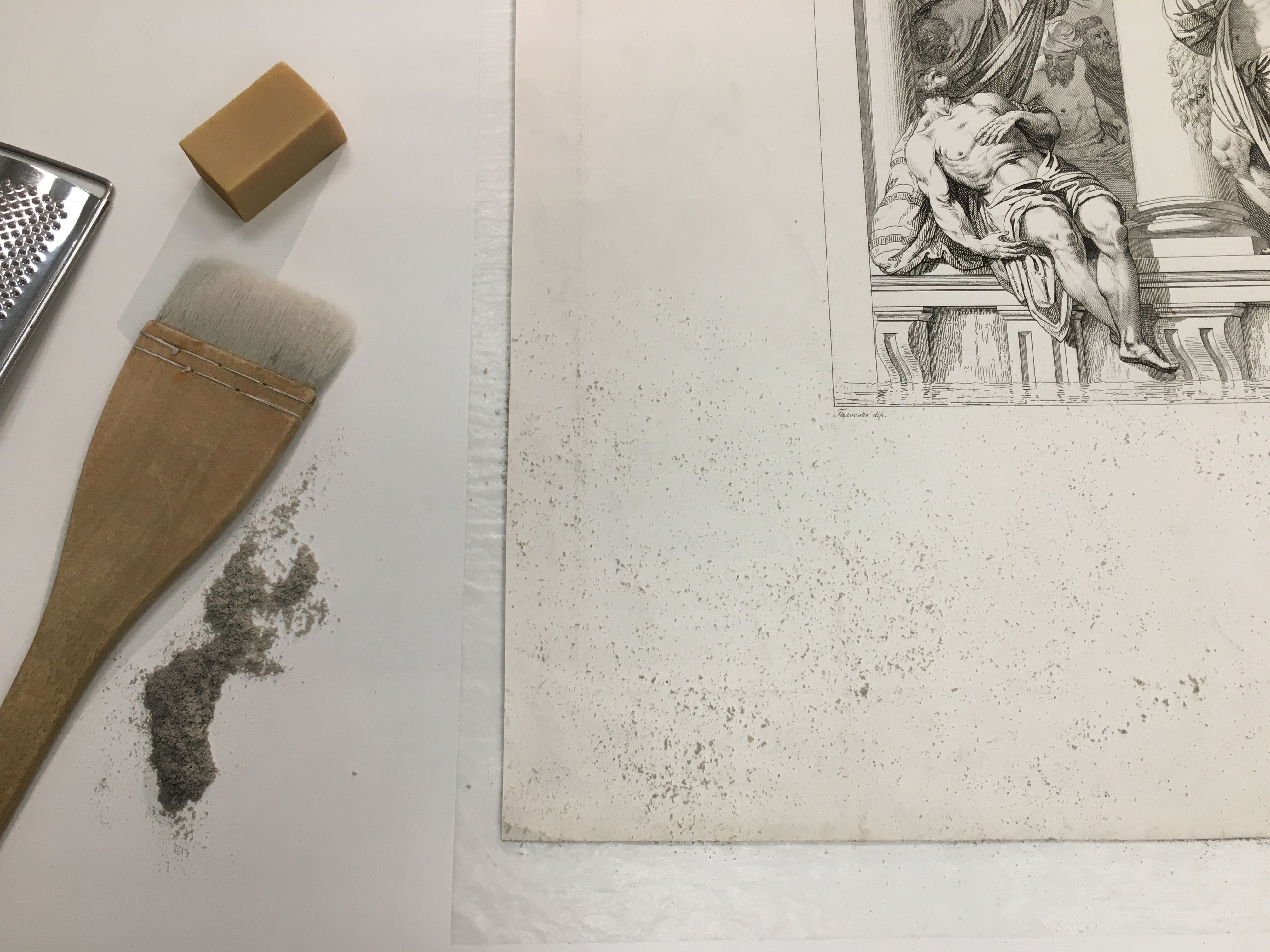
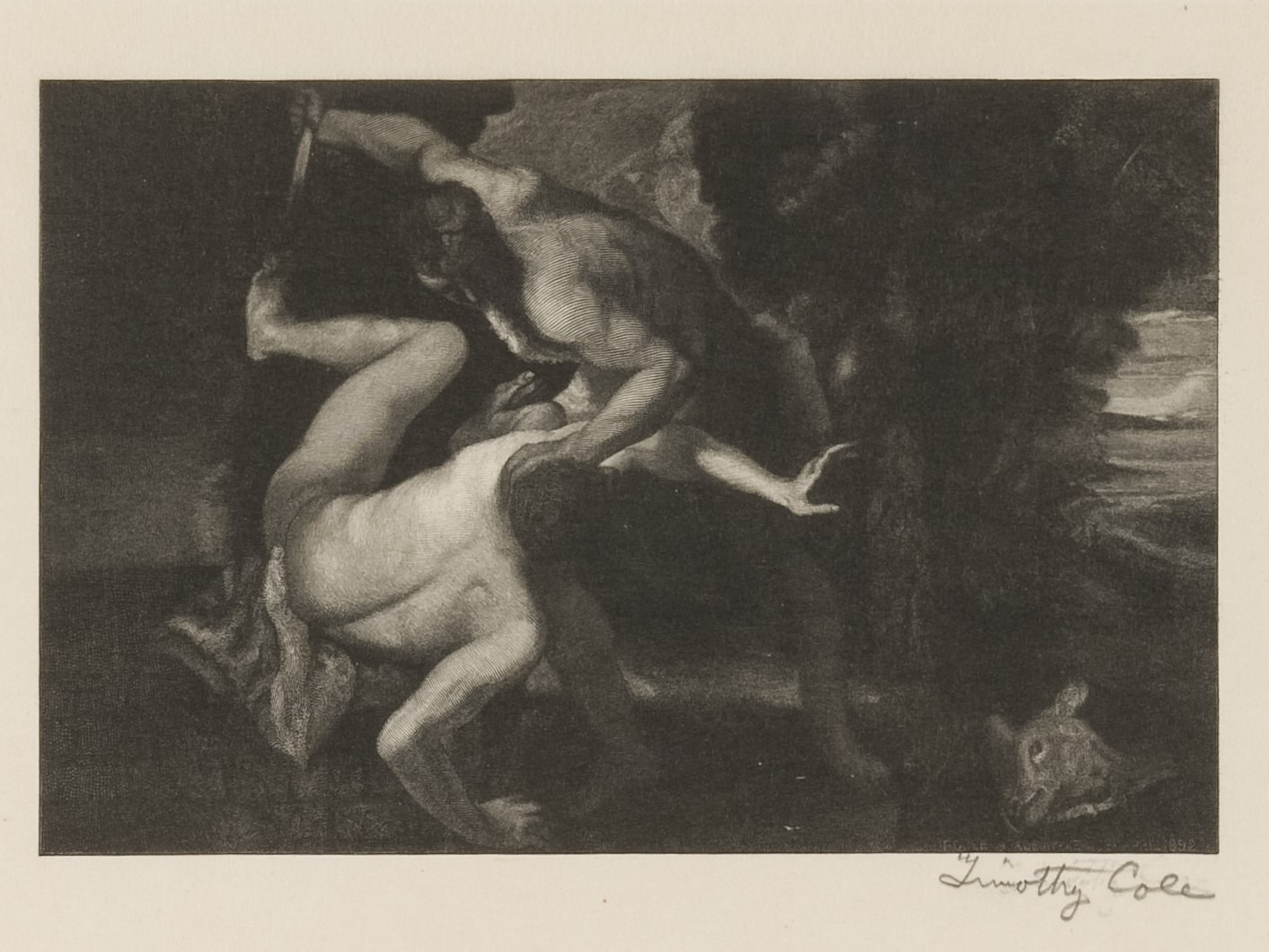
Tintoretto (Italian, 1519–1594), The Death of Abel, 1892, wood engraving, Museum Purchase, 1892.293
Related Blog Posts
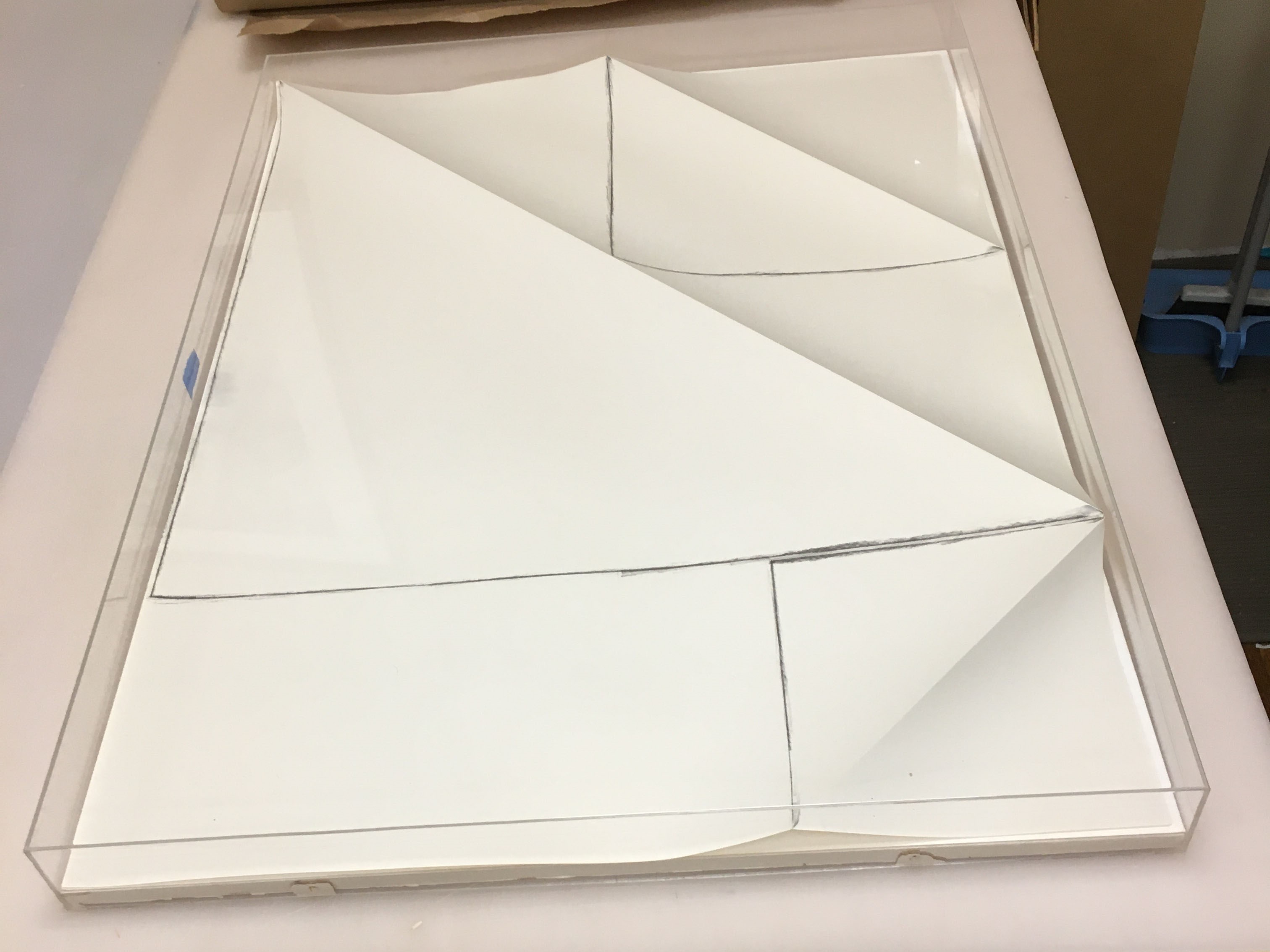
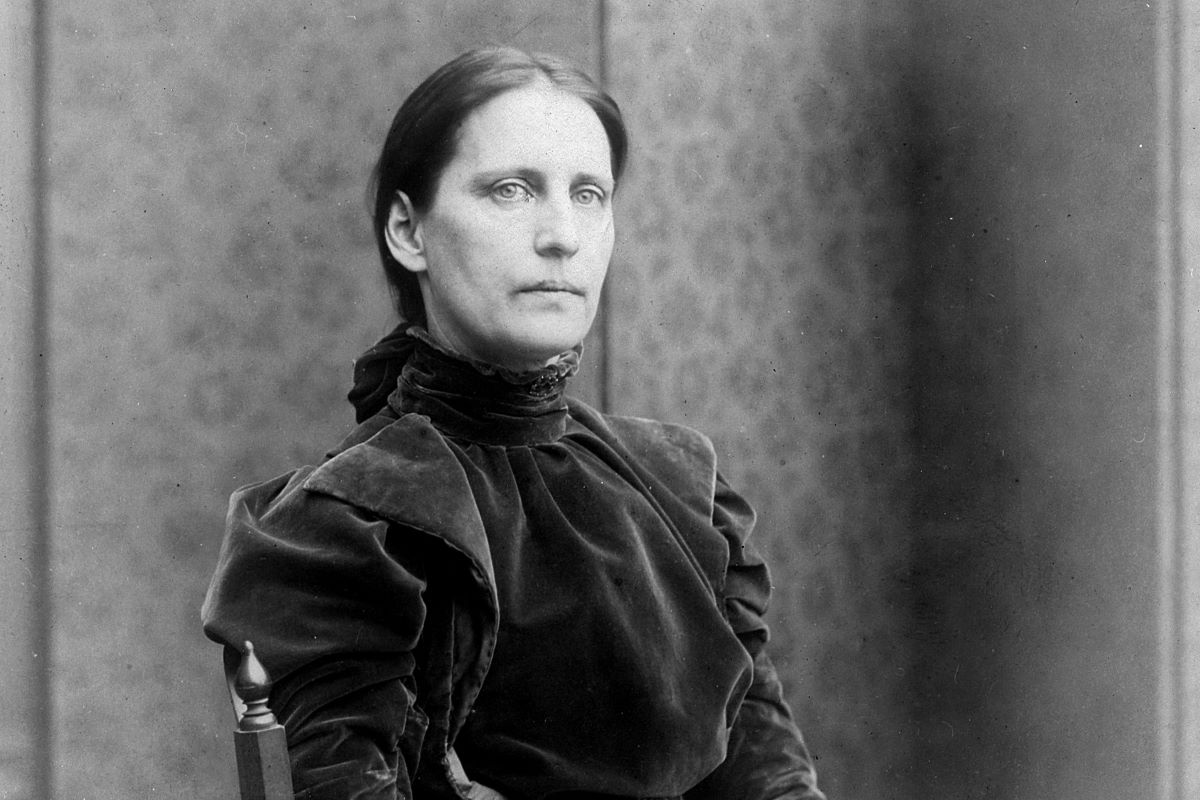
Cincinnati, OH 45202
Toll Free: 1 (877) 472-4226
Museum Hours
Museum Shop
Terrace Café
Library
Cincinnati Art Museum is supported by the tens of thousands of people who give generously to the annual ArtsWave Campaign, the region's primary source for arts funding.

Free general admission to the Cincinnati Art Museum is made possible by a gift from the Rosenthal Family Foundation. Exhibition pricing may vary. Parking at the Cincinnati Art Museum is free.
Generous support for our extended Thursday hours is provided by Art Bridges Foundation’s Access for All program.

General operating support provided by:



